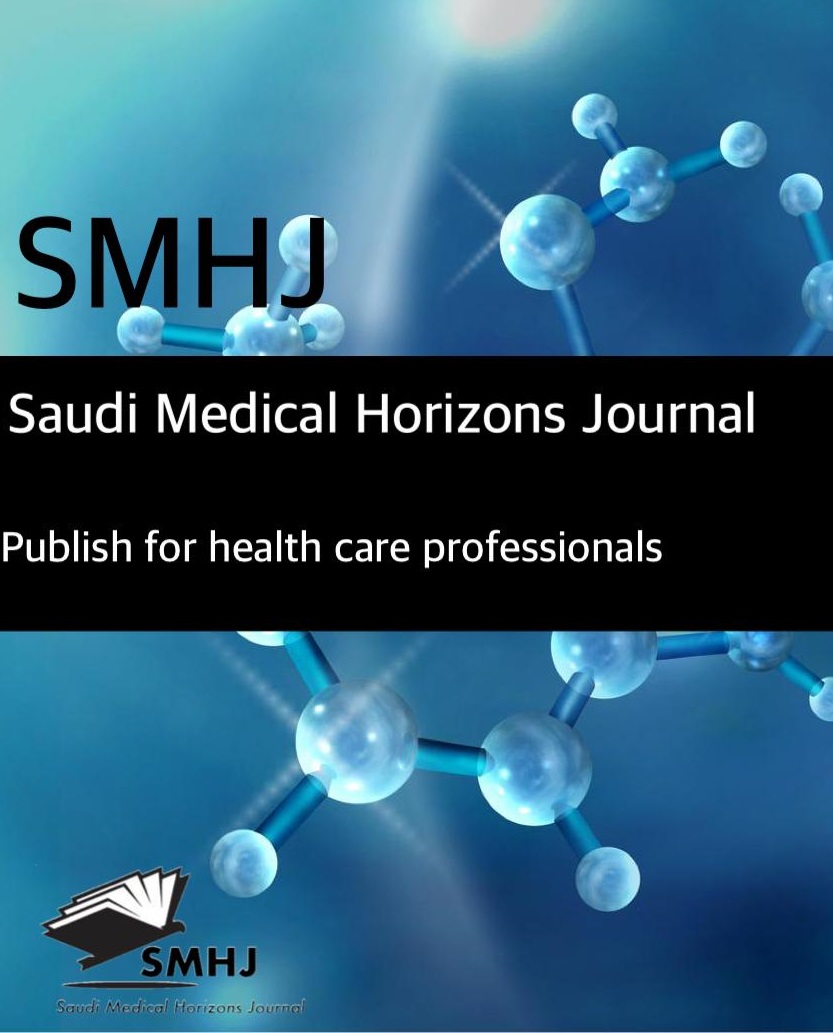Overview on Epidemiology, Causes and Management of Gynecomastia
DOI:
https://doi.org/10.54293/smhj.v4i1.90Keywords:
Gynecomastisa, Saudi Arabia, Epidemiology, Causes, ManagementRemove GynecomastisaAbstract
Background: Gynecomastia is characterized by the benign enlargement of male breast tissue, a condition witnessed across varied age brackets and influenced by several factors. While its global prevalence and causative factors have been comprehensively documented, there is a notable gap in understanding its specific implications within Saudi Arabia.
Objective: The study aims to provide a comprehensive review of the etiology, epidemiology, and management strategies of gynecomastia, emphasizing its manifestation in the context of Saudi Arabia.
Methodology: A comprehensive literature review was undertaken, sourcing articles and studies from established databases such as PubMed and Google Scholar, facilitated by targeted internet searches, with particular emphasis of Saudi Arabia studies.
Results: Gynecomastia's incidence notably peaks during puberty and in the older demographic, with various medications, lifestyle choices, and environmental factors contributing to its onset. Within Saudi Arabia, a 15-year case series reflected gynecomastia as the predominant benign male breast lesion, constituting 54% of such cases. In terms of treatment, hormonal therapies like tamoxifen and raloxifene, aromatase inhibitors, and certain androgens have been employed, albeit with varying degrees of efficacy. Surgical avenues such as liposuction and mastectomy present more conclusive solutions for the affected when pharmacotherapy is ineffective.
Conclusion: Gynecomastia is a significant condition with diverse influencing factors. In Saudi Arabia, despite limited data, gynecomastia emerges as a pressing health concern. There exist a range of medical and surgical interventions, ensuring a holistic approach to patient care and management.
Downloads
Published
How to Cite
Issue
Section
License
Copyright (c) 2023 Saudi Medical Horizons Journal

This work is licensed under a Creative Commons Attribution 4.0 International License.



